















Typical Sensors Used in Car Engines |
|---|
|
Craig Sandeman
24 July 2020
Modern times have brought many changes and improvements in different fields, and the car industry is no exception. Modern cars are full of new equipment, such as different vehicle sensors that are there to make your life easier. Vehicle sensors have many advantages as well as disadvantages - they will collect all the information about the car condition, but they can also break down and stop working after some time which can lead to some expensive repairs.
There are so many different sensors in most of the modern cars that can leave people confused and curious, and if you're wondering which sensors are installed in your car and what is their purpose, you're at the right place. This article will inform you about the most common sensors that are used in car engines. It's important to keep in mind that the shape, colors, and arrangements may vary depending on the type of car you have. However, it's always a good idea to be properly informed, and here are some of the most common car sensors you can find in different vehicles.
1. COOLANT TEMPERATURE SENSOR (CTS)
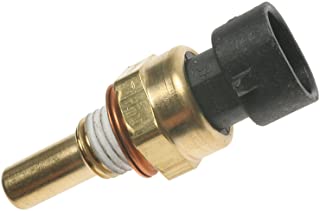
As the name already says, this sensor is in charge of measuring the temperature of the coolant. There can be several different sensors of this type in the car and they are not very expensive to repair. However, the prices can go up, depending on your car, waiting time, and the mechanic. They can be found in the engine compartment on a coolant hose or the cylinder head.
2. INTAKE AIR TEMPERATURE SENSOR (IAT)
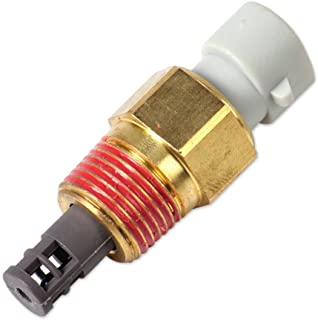
The intake air temperature sensor is pretty much simple to understand - this sensor measures the air temperature that goes through the intake pipe to the cylinder of your car. This sensor can either be integrated into your MAF sensor or it can be installed on the intake pipes of your car, near the filter box. If your car has a turbo engine, it can be installed on the intake manifold. This sensor is quite simple and it's very easy and cheap to replace it once the time comes.
3. MASS AIRFLOW SENSOR (MAF)
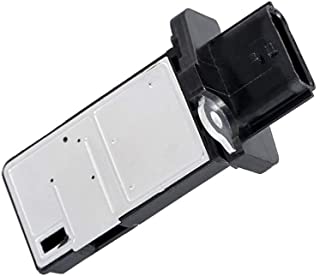
This sensor measures the air that comes flowing into your engine with the help of a hot wire. This wire gets cooled by the airflow, and then converts the resistance into air mass control. Once it has done its work, this information is transmitted into the engine control unit. You can find this sensor attached to your air filter box. The replacement of this sensor is quite simple and easy, but it can get very expensive at the same time.
4. MANIFOLD ABSOLUTE PRESSURE SENSOR (MAP)
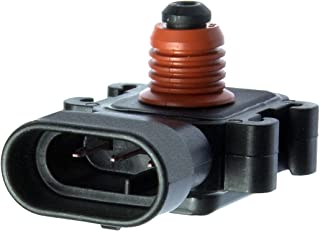
The manifold pressure sensor is in charge of measuring the pressure inside the intake manifold. This sensor can measure both overpressure and under-pressure. The manifold absolute pressure sensor can often be used instead of the MAF sensor in the American car industry.
If your car has this sensor, you won't be needing a boost pressure sensor. The replacement of this sensor is very easy and cheap.
5. O2 SENSORS (LAMBDA)
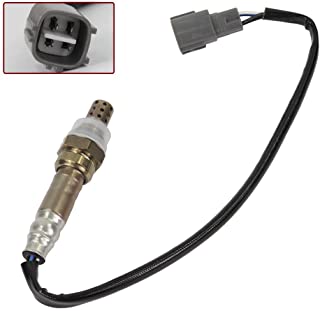
The O2 sensor measures the oxygen level in the exhaust gasses that the car engine releases. Most cars have several O2 sensors for different purposes - one in front of the catalytic converter measures the oxygen levels and adjusts the fuel mixture and the other behind the catalytic converter is only a diagnostic probe. These sensors are located on the exhaust pipe and they can be quite expensive and difficult to replace.
6. KNOCK SENSORS
The knock sensor is the one that monitors different impacts and detonations from the cylinder combustion chamber. Detonations can be very harmful and they can cause serious damage. In order to prevent that, this sensor detects misfire and adjusts the ignition or the fuel intake to prevent the engine from detonating. Almost every car has several knock sensors installed directly to the engine block. They are cheap, but it can be hard and expensive to replace them.
7. CRANKSHAFT SENSORS
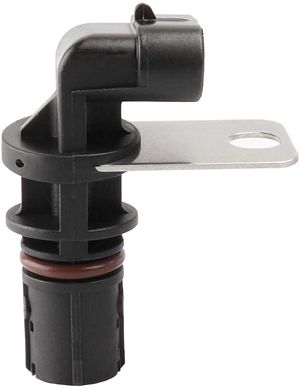
This sensor sends signals to the engine system about the position of the crankshaft. It has an important role in your car and if it's not working properly, it can make your engine stop working completely. This sensor is rather cheap, but it can be hard to reach and therefore replace.
8. CRANKSHAFT SENSORS
This sensor measures the position of the camshaft which helps engine control to determine the engine position. Depending on the car, there could be two camshaft sensors on each camshaft. If this sensor doesn't work properly, your car can experience some rough starting conditions. They are mostly easy and cheap to replace.
9. FUEL TEMPERATURE SENSOR
The fuel temperature sensor will measure the temperature of the fuel in the car. The fuel temperature is important for determining how much fuel is needed for the perfect combustion. This sensor sends information to the engine control unit either to decrease or to increase the amount of needed fuel for combustion. This sensor is a bit expensive and can be hard to replace.
10. FUEL PRESSURE SENSOR
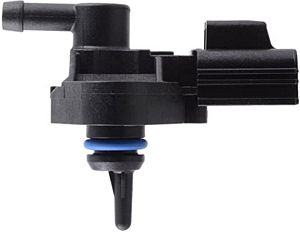
This sensor can be installed on the fuel rail and his task is to measure the fuel pressure which is important for the optimum fuel mixture. The sensor is cheap but can be hard to replace if you're not experienced.
11. VOLTAGE SENSOR
The voltage sensor is in charge of measuring the voltage in the electrical system of your car. This sensor can be integrated into the control modules which means that it may not be replaceable. This can lead to changing the entire control unit in the car. Unfortunately, it is as expensive as it sounds.
12. NOX SENSOR
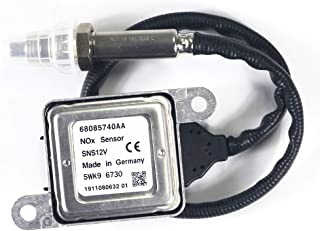
This sensor measures the Nox volume in the exhaust gasses of your car. There are not many cars with these sensors, but if you have it, you can find it on the exhaust pipe or under the plastic cover of the control unit. To replace this sensor, you have to replace the whole unit which is quite expensive.
13. EXHAUST TEMPERATURE SENSOR
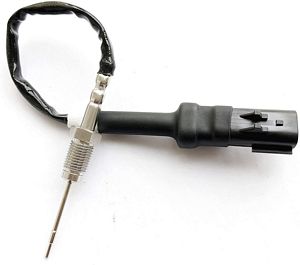
The exhaust temperature sensor is mostly installed in diesel engines. It's in charge of measuring the exhaust gas temperature to optimize the particle filter regeneration. Depending on the car you have, you can have up to 4 sensors of this kind. They are quite hard and expensive to replace.
14. BOOST PRESSURE SENSOR
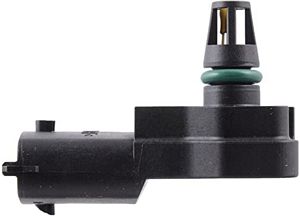
If your car has a turbocharger or supercharger, you may have this sensor. It is designed to measure the boost pressure in the pressure lines. They can be placed on the pressure line or the intake manifold and they are mostly cheap and easy to replace.
15. THROTTLE POSITION SENSOR
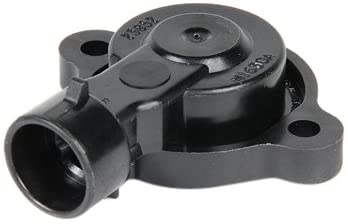
This sensor measures the throttle position to determine how hard you accelerate your car. Some cars have this sensor on the throttle bottle, which means you'll have to replace the whole bottle if it's not working properly. The throttle body is quite hard to reach, but the prices for that kind of work are quite reasonable.
Craig Sandeman is a participant in the Amazon Services LLC Associates Program, an affiliate advertising program designed to provide a means for sites to earn advertising fees by advertising and linking to Amazon.com.
